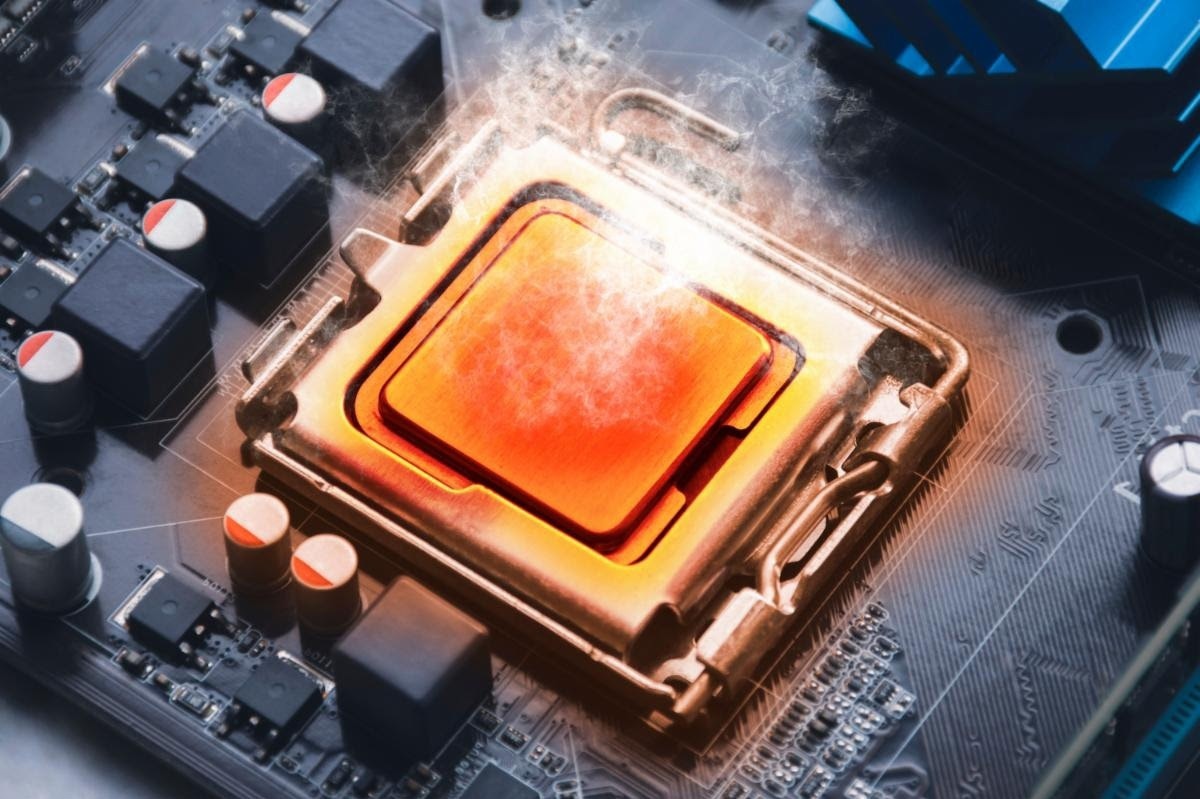From SureCore™Reviewed by Lexie CornerJun 5 2024
One of the big challenges with data centres is amount of power that they consume. This is being further exacerbated by the increasing use of AI in the form of Large Language Models. Studies have shown that cooling power hungry processing chips to the temperature of liquid nitrogen at around 77 K results in a seven-fold power usage reduction but just under half of this advantage is lost in cooling costs. However, with power prices spiralling, a potential four-fold reduction is certainly getting a lot of industry attention.

Image Credit: SureCore
SureCore has developed technology that has enabled it to design memory solutions for quantum computing applications that can operate down to 4 K. This technology is equally applicable to 77 K operation. As both server chips and AI processors integrate large amounts of SRAM migrating to sureCore’s low power cryogenic memory could help data centres run cooler by reducing SRAM power dissipation with the added benefit of significantly reducing the cooling load.
Paul Wells, sureCore’s CEO explained, “As part of an InnovateUK funded project, we have worked closely with our partner Semiwise who have developed cryogenic transistor SPICE models. These have enabled us to port and tune our low power memory technology to work at temperatures down to 4 K. The goal was not only to develop memory for cryogenic operation, but also to exploit our power saving techniques so as to minimise the thermal load in the cryostat. For a datacentre operating at 77 K, similar challenges apply and, by saving up to 50% of the memory power, a significant cut in thermal dissipation is possible with knock-on effects for the cooling power budget.”
Professor Asen Asenov, CEO of SemiWise, added, “The key to successfully enabling the AI revolution is the availability of access to accurate cryogenic transistor SPICE models. This will allow IP developers to create suites of IP so that SoC developers can create next generation AI server chips. SemiWise has developed unique technology to engineer PDK-strength cryogenic SPICE models based on a limited suite of cryogenic measurements supplemented by TCAD simulations.”
sureCore has exploited its state-of-the-art, ultra-low power memory design skills to create embedded Static Random Access Memory (SRAM), an essential building block for any digital sub-system, that is capable of operating from 77 K (-196 °C) down to the near absolute zero temperatures needed by Quantum Computers (QCs). In addition, both standard cell and IO cell libraries have been re-characterised for operation at cryogenic temperatures thereby enabling an industry standard RTL to GDSII physical design flow to be readily adopted. SureCore’s CryoMem range of IP is part of an Innovate UK project that sureCore is leading with test chips soon to be evaluated at cryo temperatures.
Wells concluded, “We are very excited that a new application area has opened up for our ultra-low power memory technologies. Data centres have a heat problem and we can potentially provide a solution.”